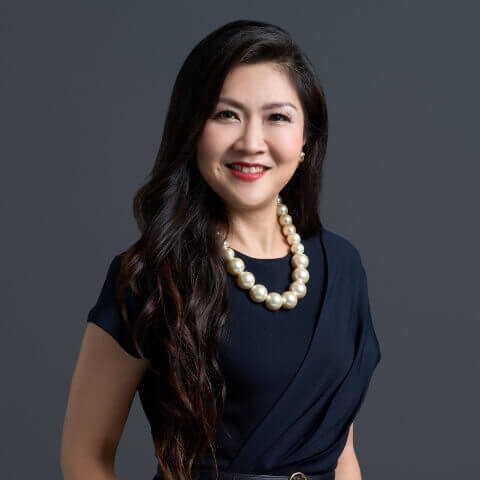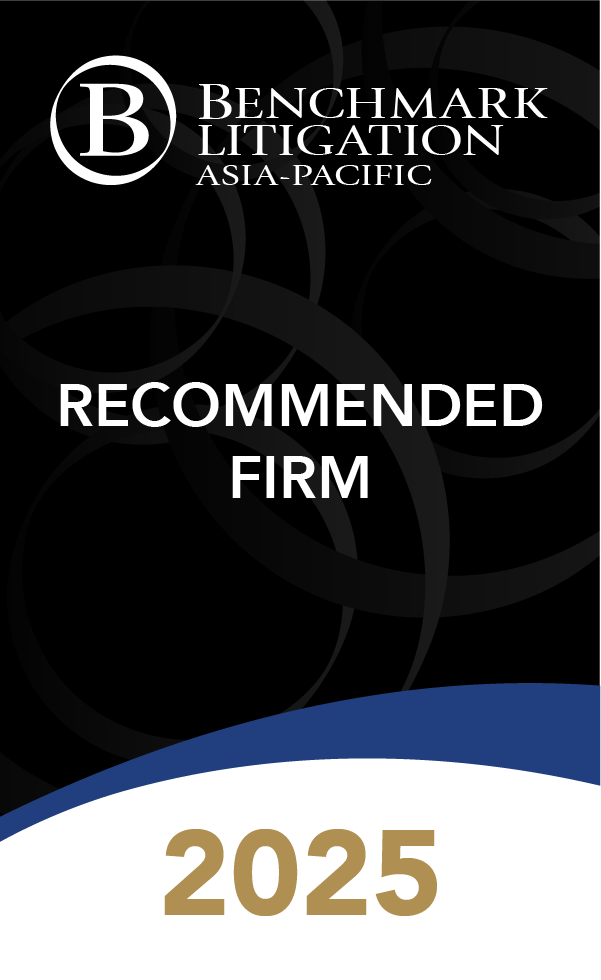Publications
How To Buy Your Next Property Without ABSD

Ever since the Additional Buyers’ Stamp Duty (“ABSD”) rates increased substantially on 6th #425563;"> July 2018, the demand for decoupling, property purchases under trust and consultations for advance planning of intended property purchases has steadily increased.
A Singaporean buying a subsequent residential property is now levied ABSD of 12% for the second property and 15% for the third and subsequent property. A Permanent Resident pays ABSD at 5% for the first residential property and 15% for the second and subsequent property. ABSD rates have increased three times since 2011. It is not surprising that many property buyers are keen to find ways to reduce ABSD.
There are generally 3 ways to avoid or reduce the amount of ABSD payable on subsequent residential property purchases.
- Decoupling
These are some potential costs to be taken into consideration in decoupling:-
- the Transferor may be subject to Seller’s Stamp Duty on the share transferred if the Transferor purchased the property less than 3 years ago;
- ABSD is payable on the value of the share transferred if the Transferee has more than one property;
- if the decoupling transaction is done within the lock-in period for the bank loan, then the bank may charge a penalty;
- if the Transferor had initially used CPF funds in purchasing the property, the CPF funds and accrued interest have to be refunded into his CPF account. Usually, the Transferee would obtain a fresh loan to pay for the purchase of the share transferred in his favour. From the proceeds of the sale, the Transferor would refund his CPF monies, pay for his share of the outstanding bank loan and retain the balance. The fresh loan obtained by the Transferee should be in a quantum that is also sufficient to refinance the Transferee’s own share of outstanding bank loan; and
- the total legal costs will be about $5000 to $6000.
For example, Mr. Tan and Mrs. Tan (both Singapore Citizens) had 3 residential properties in their joint names. They wished to upgrade one of the properties to a bigger property. This was their course of action:-
- Sell Property A. Hence, they were left with 2 properties in their joint names;
- Decouple Property B. Mrs. Tan bought Mr. Tan’s share.
- Decouple Property C. Mrs. Tan bought Mr. Tan ‘s share.
- Mr Tan bought Property D as his 1st property.
Mr and Mrs Tan sold Property A. After their buyer exercised the option to purchase, Mr and Mrs Tan’s property counts reduced from 3 to 2.
Decoupling Property B
Mr. Tan sold his half share to Mrs. Tan. The property was valued at $1.5million. Hence, the sale price was $750,000.00. The property was bought more than 3 years ago and the bank loan was not subject to any lock in period.
Seller’s Stamp Duty NA Bank Loan Penalty NA *BSD based on the price $750,000.00 $17,100.00 ABSD $90,000.00 Legal cost $5,500.00 Total decoupling cost $112,600.00 *BSD is the standard stamp duty payable on every purchase. BSD Rates are based on the purchase price or the market value of the property, whichever is the higher. BSD Rates for residential property is calculated at 1% for the first $180,000, 2% for the next $180,000, 3% for the next $640,000 and 4% for the remaining amount.
Decoupling Property C
Mr. Tan sold his half share to Mrs. Tan. The property was valued at $2million. Hence, the sale price was $1million. The property was bought more than 3 years ago and the loan was not subject to any lock in period.
Purchase Property DSeller’s Stamp Duty NA Bank Loan Penalty NA *BSD based on the price $1,000,000.00 $24,600.00 ABSD $120,000.00 Legal cost $5,500.00 Total decoupling cost $150,100.00
After the decoupling of Property B and Property C, Mr. Tan ‘s property count reduced from two to zero. Hence, his purchase of Property D for $5.5million was considered his first property and did not attract any ABSD. By arranging for decoupling, he enjoyed substantial savings of $562,300.00.
ABSD saved (15% of purchase price) $825,000.00 Less decoupling cost of Property B $112,600.00 Less decoupling cost of Property C $150,100.00 Total savings $562,300.00 If Mr. Tan had done decoupling for only Property B, then his purchase of Property D would be considered a second property and attract ABSD at 12%. He would still enjoy savings, although much less substantial.
When decoupling is not a suitable solution3% of ABSD saved (he pays 12% instead of 15%) $165,000.00 Less decoupling cost of Property B $112,600.00 Total savings $52,400.00
Generally, decoupling does not make sense if the next property to be purchased is lower in value than the value of the share transferred in decoupling since there are no savings.
Since April 2016, HDB flat owners are not allowed to transfer their ownership to a family member except on grounds of divorce, marriage, death of an owner, financial hardship, citizenship renunciation and medical reasons. As such, decoupling would usually not work for HDB flats.
- Purchase under trust
Another way of reducing ABSD is to purchase the next property on trust for a beneficiary with zero property count. If the beneficiary has zero property count, no ABSD is payable. There has been an increase in clients purchasing properties on trust for their children. These clients would appoint themselves as trustees who have legal ownership and control of the property. As trustees, they have fiduciary duties to manage and administer the property for the benefits of the beneficiary.
There are benefits to this arrangement.
- The property held on trust is shielded from division upon the divorce of the trustor. i.e. the person who establishes the trust. This means the property set aside in the trust for the child will never be subject to division on the trustor’s divorce. This protection cannot be secured by a will, which can be revoked any time.
- It is also shielded from division upon the divorce of the beneficiary. This is useful for those who wish to give their assets to a child with assurance that the gift will not be distributed to unintended third parties if the child eventually marries and divorces.
- The beneficiary may be a minor i.e. below 21 years of age. There is no restriction on the minimum age of the beneficiary.
- The trust need not to be registered and hence confidentiality may be maintained.
- This arrangement is inexpensive. Legal costs is about $2,500 onwards depending on the terms of the trust.
At present, in Singapore, banks do not grant loans for properties bought on trust. It is therefore not uncommon to see a trustor mortgaging his existing property to raise funds for buying a property on trust.
- Plan ahead, buy in the right name and shareholding
Whenever it is financially viable, properties may be bought in sole names.
If this is not possible (for example, the banks require justification of higher income or the CPF monies of a co-purchaser is required for down payment or monthly instalment payment), then consider purchasing your property as tenants in common in the proportion of 99% to 1%. In future, if the 1% owner wishes to buy a second/subsequent property, the decoupling cost for the 1% would be insignificant. Meanwhile, being the 1% owner does not restrict the amount of the 1% owner’s CPF funds that can be used for the purchase. This means that the 1% owner can use his CPF funds in a sum exceeding his 1% share in the property.




